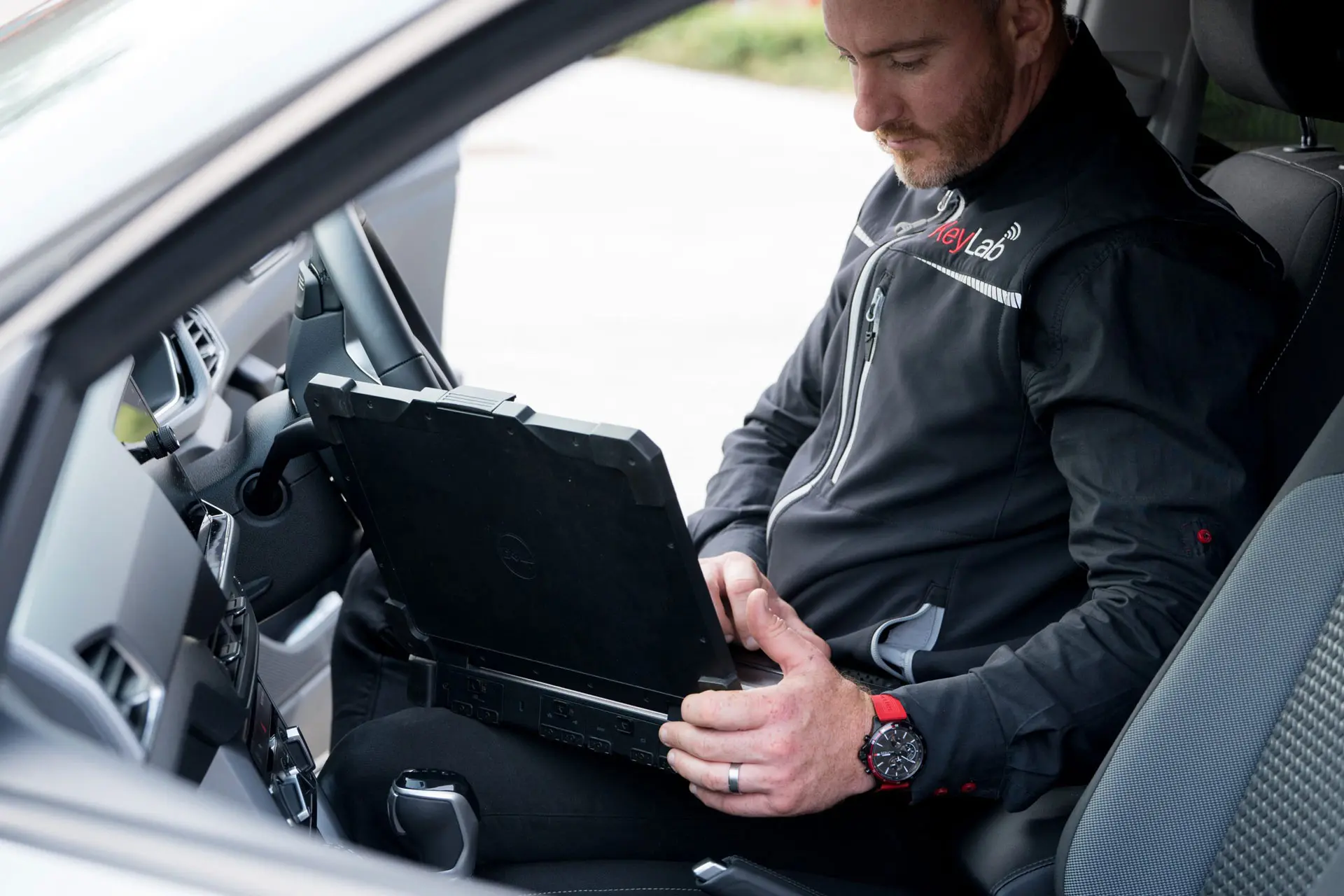Comprehensive Guide to Door Lock Repair: Ensuring Security and Functionality
Door locks play an essential role in protecting homes and companies, providing peace of mind and safeguarding valuable possessions. Nevertheless, over time, door locks may experience breakdowns or use out due to various elements. This article checks out the typical concerns connected to door locks, efficient repair methods, and helpful maintenance suggestions for ensuring their durability and functionality.
Comprehending Door Lock Types
Before delving into repair approaches, it is essential to comprehend the various kinds of door locks. Each type may present distinct issues needing different techniques to repair. The most typical door lock types include:
| Lock Type | Description | Common Issues |
|---|---|---|
| Deadbolts | Bolt that extends into the door frame for security. | Sticking, problem turning, misalignment |
| Knob Locks | Cylindrical lock found on doors. | Loose knobs, stuck key, broken springs |
| Lever Handle Locks | Lever-operated locks typically discovered in commercial areas. | Deal with looseness, lock cylinder issues |
| Smart Locks | Electronic locks controlled via app or keypad. | Connectivity problems, battery failure, software application glitches |
Typical Lock Problems and Repair Techniques
1. Sticking or Jammed Locks
Symptoms:
- Difficulty turning the key
- Key gets stuck
- Lock feels stiff
Repair Steps:
- Lubrication: Apply a graphite-based lubricant to the keyhole and key system. Avoid oil-based lubricants, which can draw in dirt.
- Change: Check if the door or lock is misaligned. Adjust car key case repair or hinge positioning as necessary.
- Cleaning: Remove dirt and debris from the lock cylinder utilizing compressed air or a clean cloth.
2. Loose or Wobbly Knobs and Handles
Signs:
- Knobs or manages fall out of location
- Extreme motion when turning
Repair Steps:
- Tightening Screws: Using a screwdriver, tighten up the screws that hold the knob or manage in place.
- Changing Washers: If elements are used out, think about changing washers or internal components particular to the lock type.
3. Broken Key Issues
Symptoms:
- A key ends up being stuck within the lock
- The key breaks off in the cylinder
Repair Steps:
- Retrieval: If a key breaks off, use a pair of needle-nose pliers to carefully draw out the piece from the lock.
- Key Replacement: For seriously damaged keys, obtain a duplicate or rekey the lock to guarantee security.
4. Misaligned Locks
Signs:
- The door does not close appropriately
- Latch does not engage with the strike plate
Repair Steps:
- Adjust Hinges: Use a screwdriver to tighten or reposition hinges.
- Realign Strike Plate: If the lock bolt does not associate the strike plate, consider moving the plate somewhat to accommodate the lock.
5. Smart Lock Malfunctions
Signs:
- Lock stops working to respond to keypads or mobile phone apps
- Connection issues
Repair Steps:
- Battery Check: Replace the batteries within the smart lock if it shows indications of power failure.
- Software Update: Check for firmware or software application updates through the lock producer's application.
Preventive Maintenance Tips
Keeping door locks can prolong their lifespan and minimize the possibility of malfunctions. Think about the following tips for efficient lock upkeep:
- Regular Lubrication: Apply graphite-based lube every 6 months to keep internal components moving smoothly.
- Check Regularly: Periodically check locks for any indications of wear, misalignment, or damage.
- Safeguard Against Weather: For outside locks, think about using weather-resistant locks and guarantee that they are regularly cleaned up to remove harsh elements.
Frequently asked question Section
1. How often should I alter my door locks?
It is recommended to change your door locks whenever you move into a new home, experience a break-in, or your current locks reveal considerable wear. Regular assessments can also assist timely replacement.
2. What can I do if my lock is frozen throughout winter season?
Use a lock de-icer that is particularly designed for this situation. Applying heat (like a hair dryer) might also assist, but beware of damaging the lock.
3. Can I repair a lock myself?
Lots of minor lock issues such as lubrication, tightening screws, and adjustment can be resolved DIY. However, if the problem is extreme or requires a lock rekeying, professional assistance might be necessary.
4. When should I call a locksmith?
If your attempts to repair the lock stop working or if you discover yourself locked out, it is best to speak with a professional locksmith for help.
Investing time in understanding and carrying out door lock repairs can substantially enhance the security and functionality of your locks. Recognizing typical issues and proactively resolving them, while integrating preventive upkeep practices, can ensure that your door locks remain dependable for several years to come. Need to issues persist or escalate, professional locksmith services are constantly readily available to secure your security needs.

